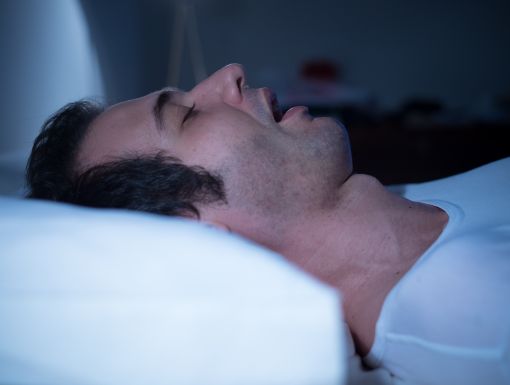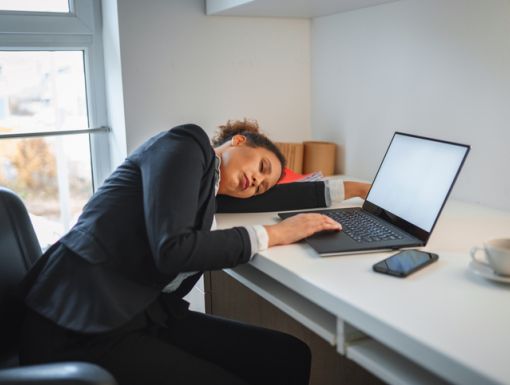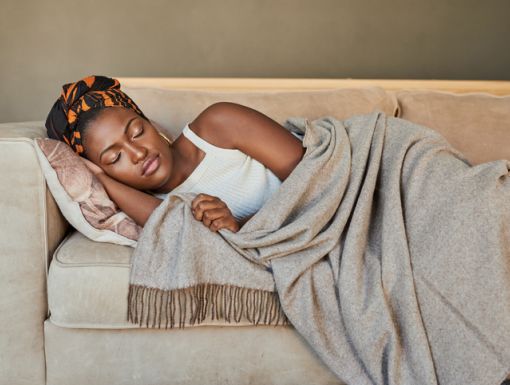
Rain Sounds for Sleeping: How Does Steady Noise Help?
For many of us, the sound of a steady rain falling outside at bedtime time can serve as a ticket to dreamland.
You don’t have to be an audio engineer to know the soothing, steady noise of a gentle shower can block out annoying sounds like barking dogs, slamming doors or honking horns that can jolt people out of all-important snooze time. Because we can’t count on rain to help us sleep each night, many have turned to artificial sound machines or apps designed to replicate nature’s lullabies.
So, now we can choose what type of sound best suits us at bedtime. The issue gets more complicated as you delve into the different types or colors of background noise, and which of those are of greatest benefit for each individual insomniac.
What’s clear is that getting a good night’s sleep is critical for mental, physical and emotional health. Moreover, the Centers for Disease Control and Prevention reports 30 percent of American adults don’t get enough sleep each night.
The Color of Noise
Like New Orleans snowballs, noise comes in different colors. Most people are familiar with the term white noise, which is produced by combining sounds of different frequencies to create a steady, humming sound that can mask most small sounds regardless of their frequency.
If you are in a hotel and incessant chatter from the room next door is keeping you awake, you might turn on a fan to drown out the annoyance and help you fall asleep. The fan creates white noise, which consists of low, medium and high frequency sounds played together at the same intensity level. Other examples of white noise include radio or television static or a hissing radiator. White noise is most conducive to sleep. Any noise that is low level and constant is acceptable.
However, some people find white noise annoying because their ears hear the high-frequency noises of the sound mixture the most. For them, there’s pink noise, which involves a consistent frequency, or pitch, to create a more even, flat sound. It is considered by some researchers to be a smoother, more refined version of white noise.
Examples of pink noise include a steady rain, wind rustling through trees, or waves on a beach. It is deeper than white noises and this added depth and lower waves filter out higher sounds.
Brown noise has higher energy and lower frequencies. It resembles the roar of a river current, a strong waterfall or a stiff wind.
Then, there’s black noise, which is an informal term used to describe no noise at all. It refers to silence with bits of random sounds. Some people feel most relaxed when there is little to no noise.
The Best Noise for Sleep
So, what type or color of noise is most likely to help you get a good night’s sleep? While white noise is most conducive to sleep, most experts say the best way to discover your best sleep noise is through experiment. If the artificial sound of rain doesn’t help you sleep, try a babbling brook or a humming air conditioner. Smartphone apps offer recordings of various noise colors.
We should never underestimate the importance of good sleep. Not getting enough can impair your ability to think clearly, concentrate and process memories. Adults require between seven and nine hours of sleep each night. Sleep quality is also essential. Many Americans fall short in both the quantity and quality categories of sleep.
There is growing interest among researchers in pink noise. Limited studies have found a positive link between pink noise and deep sleep. That’s important because deep sleep – when your body and brain waves slow down - helps you feel refreshed in the morning. During deep sleep, glucose metabolism in the brain increases, supporting short-term and long-term memory and overall learning.
Most experts believe more study is needed on the science of pink noise.
Good Sleep Habits
Sound machines are not the only avenue to a good night’s sleep. The CDC recommends the following habits that can improve your sleep hygiene:
- Be consistent. Go to bed at the same time each night and get up at the same time each morning, including on the weekends
- Make sure your bedroom is quiet, dark, relaxing and at a comfortable temperature
- Remove electronic devices, such as TVs, computers and smart phones, from the bedroom
- Avoid large meals, caffeine and alcohol before bedtime
- Get some exercise. Being physically active during the day can help you fall asleep more easily at night.



